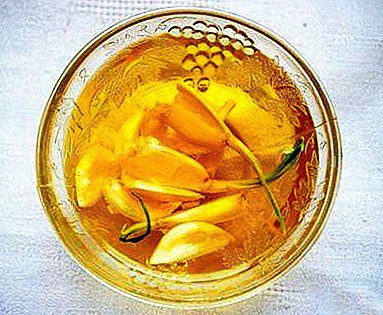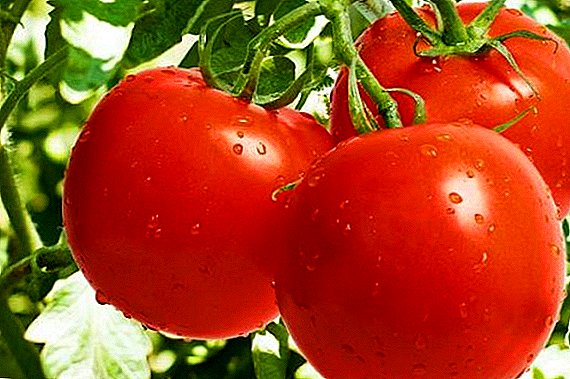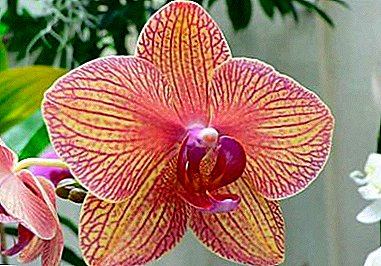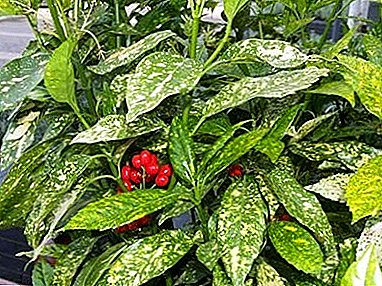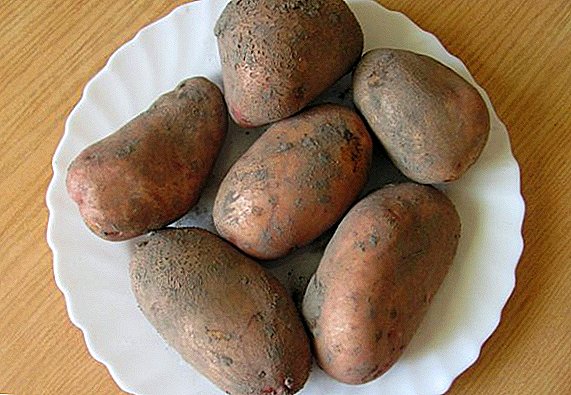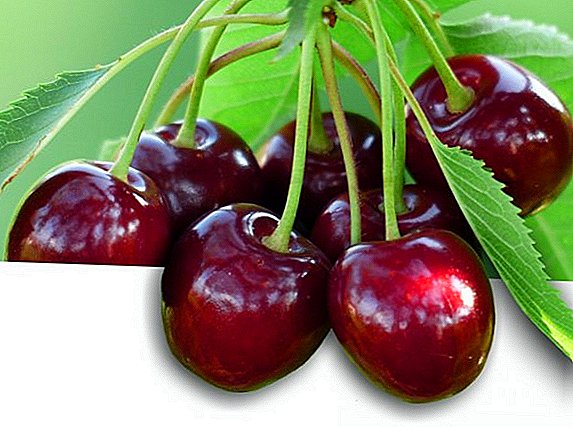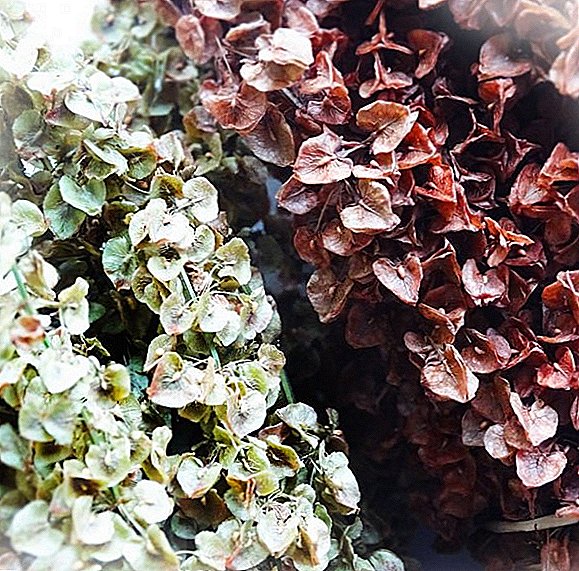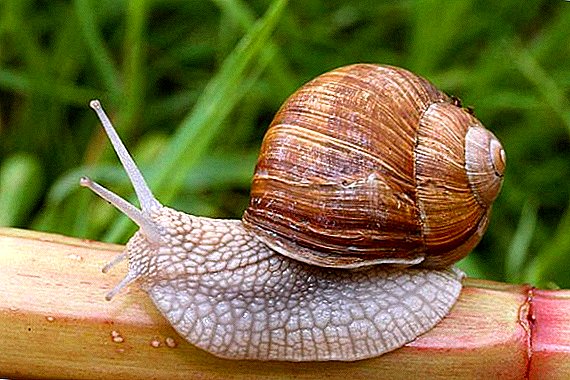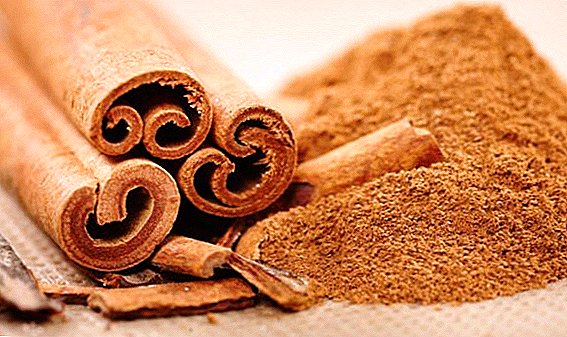 Representing apple pie or bun, many feel the smell of fresh pastries and ... the smell of cinnamon. This spice reliably settled among our taste preferences and is becoming increasingly popular. A less well-known seasoning is its Chinese cousin, cassia, which, however, has already firmly occupied the domestic market, but not yet a very definite place in the mind of the consumer, and therefore there is much controversy surrounding it. Let's try to figure out what kind of spice it is and what it is.
Representing apple pie or bun, many feel the smell of fresh pastries and ... the smell of cinnamon. This spice reliably settled among our taste preferences and is becoming increasingly popular. A less well-known seasoning is its Chinese cousin, cassia, which, however, has already firmly occupied the domestic market, but not yet a very definite place in the mind of the consumer, and therefore there is much controversy surrounding it. Let's try to figure out what kind of spice it is and what it is.
Description
Cassia, or Chinese Brown Bird, is a woody plant. genus Cinnamomum (Brownberry) family Laurel, originally growing in the open spaces of China, but is also cultivated in India and Sri Lanka.  The tree is quite tall and reaches 15 m in height, which is very different from its half meter bushy congener from Ceylon, Ceylon cinnamon. Despite the difference in size, the leaves and flowers of both plants are virtually indistinguishable in appearance.
The tree is quite tall and reaches 15 m in height, which is very different from its half meter bushy congener from Ceylon, Ceylon cinnamon. Despite the difference in size, the leaves and flowers of both plants are virtually indistinguishable in appearance.
Did you know? Most of all konichnik eat in Indian, Chinese cuisines - seasoning is used in every third dish.
Interestingly, the names (false cinnamon for Chinese cinnamon and Ceylon cinnamon for real) are not quite true, since both trees occupy adjacent positions in the taxonomy, and the chemical composition of their bark differs only quantitatively, and only 1-2%.
Another thing is the parts of the plant that are used in industry: for cassia it is the bark itself, its cornified part, and for Ceylon cinnamon it is a soft cambium and phloem. This is the reason for the hardness and harsh smell of the first and the softness and convenience in processing the second. Color, by the way, is also due precisely to the difference in raw materials.  There is also confusion with the name “Cassia”, because this plant does not belong to the genus Cassia, but one of its names in Latin sounds like Cinnamomum cassia.
There is also confusion with the name “Cassia”, because this plant does not belong to the genus Cassia, but one of its names in Latin sounds like Cinnamomum cassia.
Chemical composition
The chemical composition of Chinese cinnamon and Ceylon cinnamon is almost the same:
- 1-3% of essential oil (aldehyde of cinnamic acid 90%) - for cassia and 1% - for cinnamon;
- coumarin;
- tannins;
- contains a lot of calcium and manganese;
- insignificant quantities contain B vitamins, essential and non-essential amino acids.

Nutritional value and calorie
Cassia contains proteins, fats and carbohydrates, and also water:
- proteins - 4 g;
- fats - 1.2 g;
- carbohydrates - 27.5 g;
- water - 10.85 g.
100 g of cassia contains 250 kcal.
Spices - this is what distinguishes the cuisine of different countries and makes them unique. World culinary uses basil, barberry, cloves, dill, cress, laurel, marjoram, lemon balm, nutmeg, mint, nasturtium, parsley, rosemary, thyme, fennel, horseradish, savory, saffron, tarragon, lavender, sage, chervil .
Beneficial features
The beneficial properties of kinnikas have long been noticed and put into service in its historic homeland, China. In different concentrations and formulations, korinnik was used to combat gastrointestinal diseases, diseases of a bacterial nature, diseases of the kidneys, and blood thinners. Also, the powder from the bark of the plant is used for cosmetic purposes and as part of antiseptic, antibacterial, anti-inflammatory ointments.
Alcohol infusion of cassia is effective against gram-positive and gram-negative bacteria, tubercle bacillus, and also acts as a natural immunostimulant. 
Harm
All the talk about the dangers of Chinese cinnamon is caused either by its abuse, or by inappropriate use, or the aim is to advertise Ceylon cinnamon. In fact, cassia is “dangerous” no more than its Ceylon relative, as the “poisonous” substance coumarin, which some resources sin for, is contained in practically equal quantities and in the same compounds in the composition of both representatives of brown gums. So, eating any of the spices with handfuls, you have an equal chance of poisoning. In moderate doses, coumarin, like any biologically active substance, brings benefits to the body. This will be especially useful for people suffering from increased blood viscosity..
Did you know? The myth about the dangers of coumarin is an exaggerated and unsuccessfully projected tracing-paper on a series of incidents involving cattle that, after grazing in clover glades, suffered from spontaneous bleeding. Veterinarians concluded that the bleeding was caused by coumarin, which is contained in red clover in huge concentrations. But you do not need to be a doctor to feel the difference between dozens of kilograms of clover consumed by livestock and a pinch of spices in baking.
Another thing is individual intolerance to cinnamon (allergy), nor is it recommended to abuse it during pregnancy and lactation (due to its tonic effect), as well as most spices and spices. A certain risk group consists of persons with anemia and vegetative-vascular dystonia. 
Cooking Application
It is believed that Chinese kochnikin is less valuable in cooking than Ceylon cinnamon. Ceylon congener has a number of advantages, among them storage time, softer aroma, convenience in processing.
In addition to the use of traditional medicine, cassia is valued in cooking as a fragrant spice that complements the taste of both desserts and meat dishes.
In Western European cuisine
The burning, sweetish taste of korichnik was loved by the inhabitants of the western and central part of the continent mainly in the composition sweet products: muffins, desserts, cookies, fruit smoothies, ice cream. Cassia goes well with cherries, apples, pears and quince. It also perfectly complements rice and corn dishes (by the way, one of the interesting rice dishes with cinnamon is sweet pilaf).  In the countries of the East
In the countries of the East
Cassia is traditionally combined with a mixture of peppers and other pungent spices and is used to prepare meat dishes. For example, one of the traditional recipes of Asian cuisine describes marinade for pork, which includes the described seasoning in tandem with mustard, garlic, red and black pepper. Cassia fits very well to duck meat. It is usually combined with such spices as ginger, cardamom, oregano and star anise.
Important! Minus of Chinese cinnamon in a short shelf life: after 2 months the spice loses its flavor even if the rules of storage are observed. Take this into account when buying seasoning - do not stock up for the future and look at the date of manufacture.
Ground cassia is mainly used in the preparation of bakery products, and for liquid dishes, sauces or mousses - its pieces. Korichnik is added to the dish 10-12 minutes before cooked, otherwise the effect of high temperature will destroy the flavor of the seasoning.
Medical applications
For medical purposes are used:
- alcoholic extracts of cassia extract;
- cinnamon camphor;
- brown bark.
 Cinnamon camphor is mined by distilling crushed cassia bark with water vapor. It has a strong effect on the nervous system and heart, used in case of poisoning with hypnotic drugs and narcotic substances, as well as carbon monoxide. Previously used in the framework of convulsive therapy for the treatment of the mentally ill, in particular, schizophrenia. Another use of cinnamon camphor is in the composition of ointments and liniments: such ointments have an antibacterial effect and increase the conductivity of other active substances.
Cinnamon camphor is mined by distilling crushed cassia bark with water vapor. It has a strong effect on the nervous system and heart, used in case of poisoning with hypnotic drugs and narcotic substances, as well as carbon monoxide. Previously used in the framework of convulsive therapy for the treatment of the mentally ill, in particular, schizophrenia. Another use of cinnamon camphor is in the composition of ointments and liniments: such ointments have an antibacterial effect and increase the conductivity of other active substances.
Crushed cinnamon, brewed for 30 minutes in boiling water, helps reduce blood sugar and cholesterol levels. Studies on the effect of the plant on the condition of type 2 diabetic patients did have positive results after 30 days of administration, but one should not consider the remedy a panacea. The condition of the patients improved, but unfortunately, there was no talk of complete recovery. Also, 1 gram of cassia powder per day significantly reduces the amount of free radicals.
Cassia differs from cinnamon
Cassia is easily distinguished from cinnamon, both visually and by smell. Speaking of the plant, cassia (Chinese Brown Bird) is a 15-meter tree, and Ceylon cinnamon is a branchy bush 1-2 meters high (in culture).  Korichnik real
Korichnik real  Chinese brown house Spices also differ in appearance: Ceylon cinnamon sticks are twisted inwards on both sides and have a light brown color, easily broken in the hands and easily crushed into powder in a coffee grinder. Speaking of taste, Ceylon cinnamon is softer and has no zhiguchest.
Chinese brown house Spices also differ in appearance: Ceylon cinnamon sticks are twisted inwards on both sides and have a light brown color, easily broken in the hands and easily crushed into powder in a coffee grinder. Speaking of taste, Ceylon cinnamon is softer and has no zhiguchest.  Cinnamon (left) and cassia (right) The hard cassia bark does not twist like the soft phloem of cinnamon, and its color is greyish brown. The processing of the sticks of this spice is very problematic at home: it is practically not amenable to grinding using available methods, it does not grind, it breaks with difficulty.
Cinnamon (left) and cassia (right) The hard cassia bark does not twist like the soft phloem of cinnamon, and its color is greyish brown. The processing of the sticks of this spice is very problematic at home: it is practically not amenable to grinding using available methods, it does not grind, it breaks with difficulty.
Did you know? An interesting way to distinguish cassia from cinnamon involves the use of iodine. Just drop a few drops of iodine on the spices you want to check - the first one will get a purple hue (due to the increased starch content), and the second color - cinnamon - will become slightly more saturated.
Powder spices have a different color and smell: powdered cinnamon is bright brown with a strong, sweetish odor; Cassia powder has a brown, grayish shade and a weaker, spicy flavor. Most likely, the fraction of powders will also be different - cassia powder will be coarser and harder.  Cassia (left) and cinnamon (right) So, what do we need to know about Chinese brown?
Cassia (left) and cinnamon (right) So, what do we need to know about Chinese brown?
- Cassia is not at all “fake cinnamon,” as they used to call it, but a separate species with its own advantages, which is also grown in Sri Lanka.
- Cassia is not poisonous at all - the content of coumarin in cinnamon and Chinese cinnamon is about the same.
- Spice has a hot taste and blends well with peppers, perfectly complements meat dishes.
- It has healing properties: a strong antibacterial effect, improves the conductivity of tissues, thins blood, helps to establish the work of the gastrointestinal tract.
- Cassia has a longer shelf life than cinnamon. This must be taken into account when stocking up with spices.


